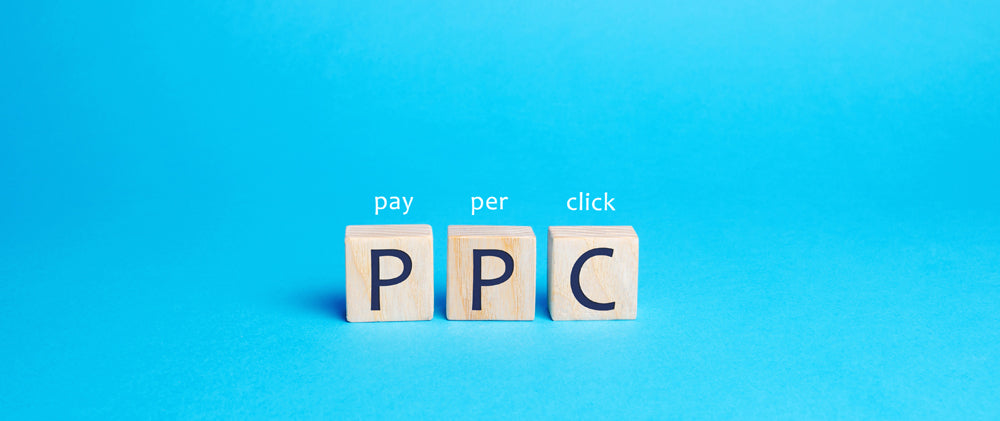Pay-Per-Click (PPC) advertising has revolutionized the digital marketing landscape, enabling businesses to drive targeted traffic and achieve immediate results. To harness the full potential of PPC, it's crucial to master the art of running successful campaigns. In this comprehensive guide, we'll delve into the world of PPC advertising and provide step-by-step instructions and valuable tips for beginners. We'll explore different platforms like Google Ads, Facebook Ads, and Bing Ads, covering keyword research, ad creation, bid management, landing page optimization, and conversion tracking to help you maximize your PPC advertising efforts.
Section 1: Understanding PPC Advertising
- Demystify PPC advertising: Gain a clear understanding of how PPC works, including the auction system, cost-per-click (CPC) model, and ad placement.
- Set campaign goals: Define your objectives, whether it's generating leads, driving website traffic, increasing sales, or brand awareness. This will guide your strategy and campaign structure.
- Budget allocation: Determine your PPC budget and allocate it strategically across different platforms and campaigns based on performance and goals.
Section 2: Keyword Research
- Conduct comprehensive keyword research: Utilize keyword research tools like Google Keyword Planner, SEMrush, or Moz's Keyword Explorer to identify relevant and high-performing keywords for your PPC campaigns.
- Refine keyword selection: Focus on keywords with commercial intent, moderate competition, and high search volume. Consider long-tail keywords for niche targeting and cost efficiency.
- Group keywords into ad groups: Organize your keywords into relevant ad groups to ensure your ads align with users' search queries, improving ad relevance and click-through rates.
Section 3: Ad Creation and Optimization
- Craft compelling ad copy: Write concise and engaging ad headlines and descriptions that highlight your unique selling propositions (USPs) and entice users to click.
- Utilize ad extensions: Take advantage of ad extensions like sitelink extensions, call extensions, or review extensions to provide additional information and increase ad visibility and click-through rates.
- A/B testing: Continuously test different variations of your ads, including headlines, descriptions, and call-to-action (CTA) buttons, to optimize performance and improve click-through and conversion rates.
Section 4: Bid Management and Optimization
- Understand bidding strategies: Familiarize yourself with different bidding strategies, such as manual CPC, automated bidding, or target ROAS (Return on Ad Spend), and select the most suitable strategy based on your campaign goals.
- Monitor and adjust bids: Regularly monitor your campaign performance and adjust bids based on factors like keyword performance, ad position, and return on investment (ROI).
- Leverage ad scheduling: Analyze data to identify peak times and days of the week when your ads perform best. Adjust your ad scheduling to maximize visibility during those periods.
Section 5: Landing Page Optimization and Conversion Tracking
- Create optimized landing pages: Design landing pages that align with your ad messaging, provide a clear call-to-action (CTA), and offer a seamless user experience to improve conversion rates.
- Implement conversion tracking: Set up conversion tracking to measure and analyze the effectiveness of your PPC campaigns. Use tools like Google Analytics or platform-specific conversion tracking codes.
- Continuous optimization: Regularly analyze conversion data and make data-driven adjustments to landing pages, ads, and bidding strategies to improve campaign performance and maximize conversions.
External Outbound Links:
- Google Ads: Get started with Google Ads, a leading PPC advertising platform that allows you to reach a wide audience and target specific keywords.
- Facebook Ads: Explore Facebook Ads to leverage the platform's vast user base and powerful targeting options for effective PPC campaigns.
- Bing Ads: Discover Bing Ads, a platform that provides a unique audience and can complement your PPC advertising strategy.
Conclusion:
Mastering the art of PPC advertising is key to driving targeted traffic, increasing conversions, and achieving your business goals. By following the step-by-step instructions and leveraging platforms like Google Ads, Facebook Ads, and Bing Ads, you can create successful PPC campaigns. Remember to conduct thorough keyword research, craft compelling ad copy, optimize bids, design optimized landing pages, and track conversions to continuously refine and improve your PPC advertising efforts. Embrace the power of PPC and unlock its potential to propel your business forward in the competitive digital landscape.

